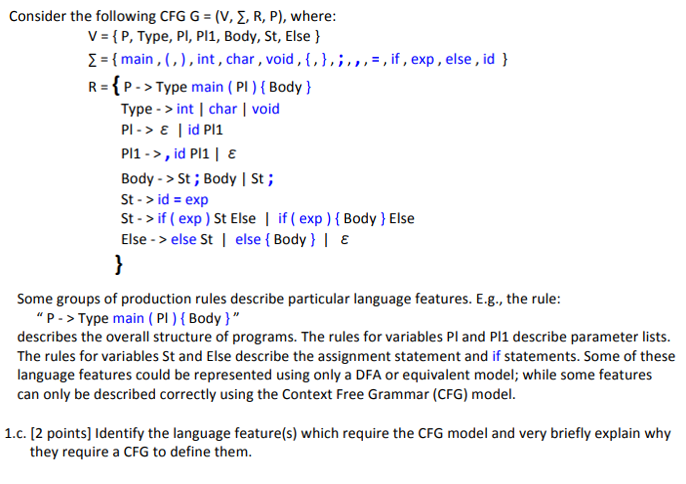Answered step by step
Verified Expert Solution
Question
1 Approved Answer
Consider the following CFG G (V, 2, R, P), where: V- P, Type, Pl, Pl1, Body, St, Else ) 2-main, (.), int,char, void, ,I,;- if,

Step by Step Solution
There are 3 Steps involved in it
Step: 1

Get Instant Access to Expert-Tailored Solutions
See step-by-step solutions with expert insights and AI powered tools for academic success
Step: 2

Step: 3

Ace Your Homework with AI
Get the answers you need in no time with our AI-driven, step-by-step assistance
Get Started


